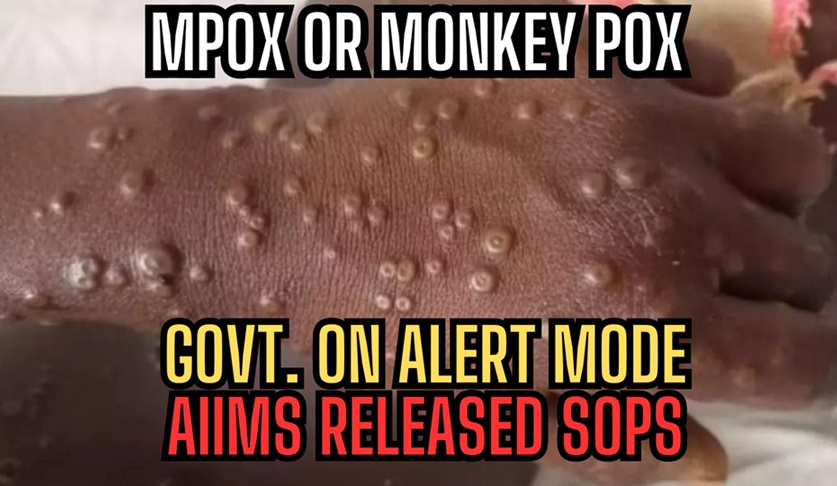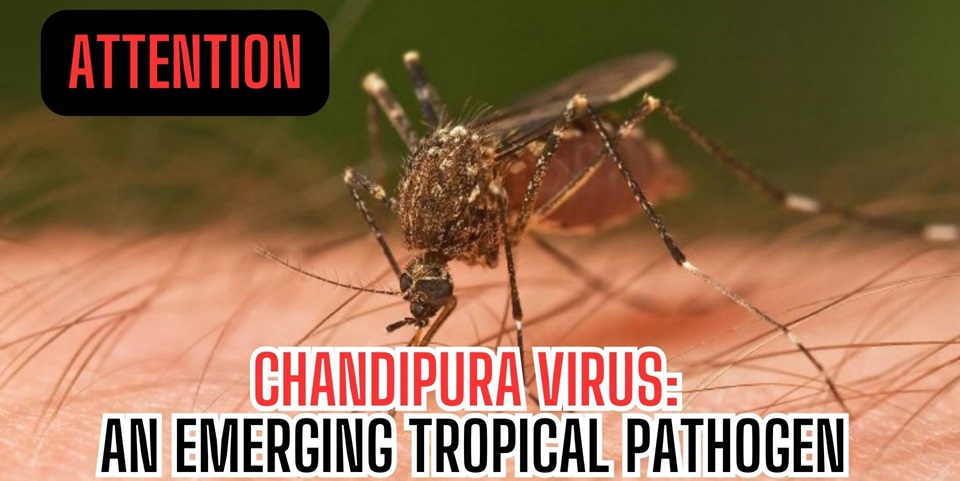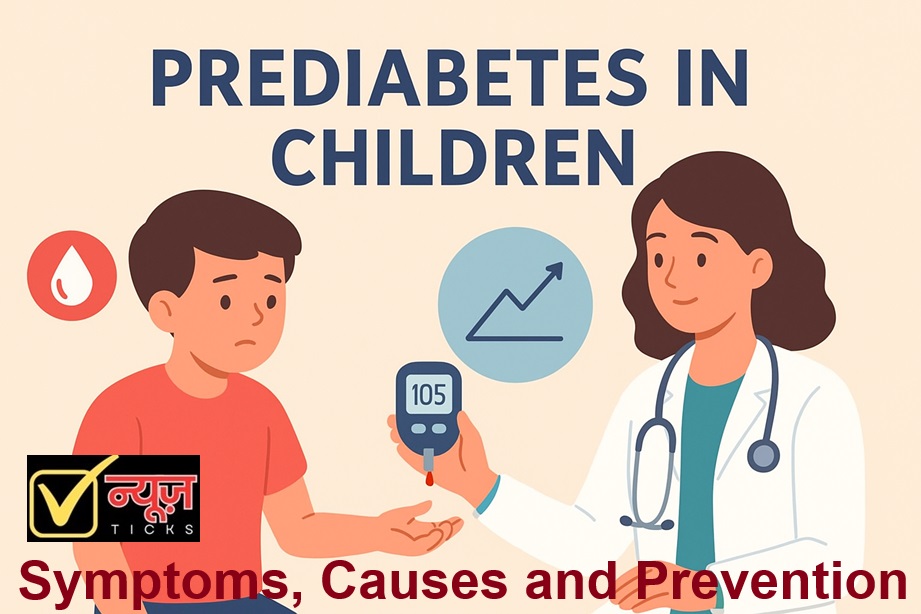What is Mpox or Monkeypox
Mpox, formerly known as monkeypox, has been identified as a public health emergency of international concern (PHEIC) by the World Health Organization (WHO).
The outcome comes after an apparent increase in cases, particularly in Africa. However, the Indian health officials state that there is still very little chance of a major Mpox breakout in their nation.
Also Read: BSNL Launching 4G/5G service; BSNL plays a masterstroke
Mpox or Monkeypox

Is a rare virus that causes rashes and flu-like symptoms. It belongs to the Orthopoxvirus genus, like smallpox. Spread through close contact with infected individuals or animals. Two known types, one from Central Africa (Clade I) and one from West Africa (Clade II). Current 2022-2023 outbreak caused by Clade IIb, a subtype of the less severe West African clade.
Current Mpox or Monkeypox Situation in India
Kerala confirmed the nation’s final case of mpox in March 2024. 30 cases of Mpox were reported in India since the outbreak began in 2022. “At the moment, the risk of a surge in monkeypox infection is very low in India and there is no need to panic,” an official source told PTI.
Symptoms and Causes
below symptoms can take several days to a few weeks to develop after exposure. such as
- Fever
- Rash
- Swollen lymph nodes
- Chills/ Cold
- Headache
- Muscle aches
- Fatigue
The rash starts as red bumps, becomes painful blisters filled with pus, crusts over, and falls off over a two to four week period.
Sores can appear on various body parts. Symptoms may include only a rash, flu-like symptoms before a rash, or a rash with varying severity. Some may have mpox without showing many signs but can still spread it through close contact.
How is Mpox caught?

Mpox is spread through contact with an infected animal or person.
Person-to-person transmission happens through contact with sores, respiratory droplets, or oral fluids, often in close situations.
Animal-to-person transmission occurs through broken skin or contact with infected bodily fluids. Additionally, mpox can be contracted from contaminated materials like clothing and bedding used by an infected individual or animal.
How to diagnose Mpox?
Healthcare providers may mistake mpox for other illnesses like measles or chickenpox due to its rarity. However, swollen lymph nodes differentiate mpox from other poxes. A tissue sample is taken from a lesion and sent for genetic testing, along with a blood sample to check for the mpox virus or antibodies.
Is Mpox or Monkeypox curable?
Mpox is a self-limiting disease that lasts 2-4 weeks. Healthcare providers monitor and treat symptoms, dehydration, and any secondary bacterial infections with antibiotics after diagnosis.
How is Mpox treated?
No approved antiviral treatments exist for mpox. If severely ill, cidofovir or tecovirimat may be prescribed and approved for other viral infections, but more research needed for mpox efficacy.
How to prevent MPox

Smallpox vaccines protect against monkeypox; recommended only for those exposed or at risk of exposure to monkeypox.
To prevent the spread of monkeypox:
- Avoid contact with infected animals or contaminated materials.
- Cook animal products thoroughly
- Wash hands often
- Avoid infected individuals
- Practice safe sex
- Wear a mask
- Clean surfaces
- Use PPE when caring for infected individuals
The SOPs issued by AIIMS on Mpox cases
1. According to the AIIMS, individuals should be referred for immediate assessment if they have a fever, rash, or a history of contact with proven cases of monkeypox.
2. The doctors have been instructed to spot important signs such as fever, headache, sore muscles, back discomfort, enlarged lymph nodes, a cold, fatigue, and distinct skin lesions.
3. As soon as possible, the suspected patients have to be put in a special isolation facility to limit their contact with other patients and people.
4. AB-7 beds 33, 34, 35, and 36 were informed by AIIMS Delhi to isolate the patients with monkeypox.
5. The warning states that these beds will be assigned to patients with monkeypox based on the chief medical officer’s recommendation and handled by the medicine department.
6. When a suspected case of monkeypox is discovered, the AIIMS recommendations request that the Integrated Disease Surveillance Programme (IDSP) personnel be contacted at 8745011784.
7. The patient’s information, including contact information, clinical results, and a brief history, should be sent to the IDSP team.
8. Safdarjung Hospital has been assigned to manage and treat patients with monkeypox, according to notification from the AIIMS. For additional assessment and care, patients suspected of having monkeypox should be referred to Safdarjung Hospital.
9. A specific ambulance has been set aside by the AIIMS administration to transport patients to Safdarjung Hospital. The letter indicated that in order to transfer the suspected monkeypox patient, the emergency staff must notify the ambulance coordinator at 8929683898 by mobile.
10. Strict infection control procedures must be followed when managing each patient. Employees have been instructed to handle suspicious instances while wearing personal protective equipment. According to the AIIMS statement, accurate records of the patients’ information, symptoms, and referral procedure must be kept.
Further to AIIMS SOPs

Discover more from Newz Ticks
Subscribe to get the latest posts sent to your email.





